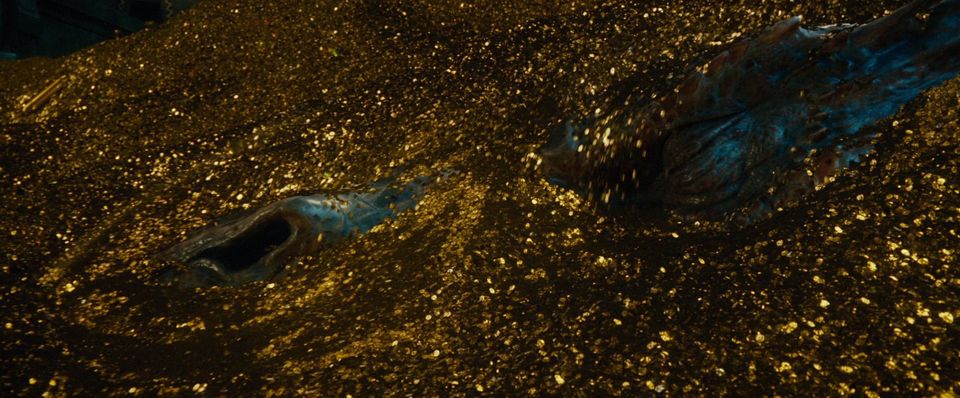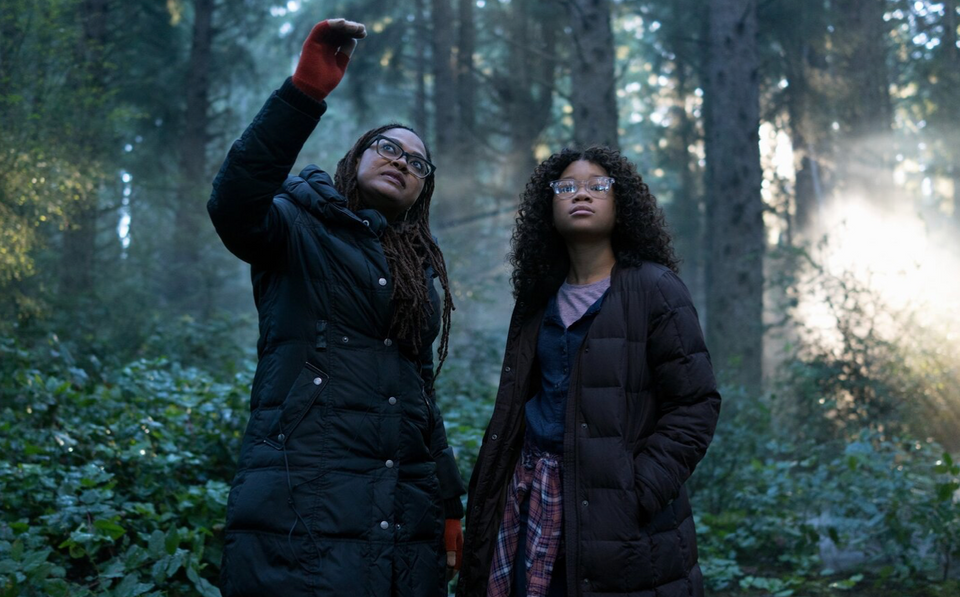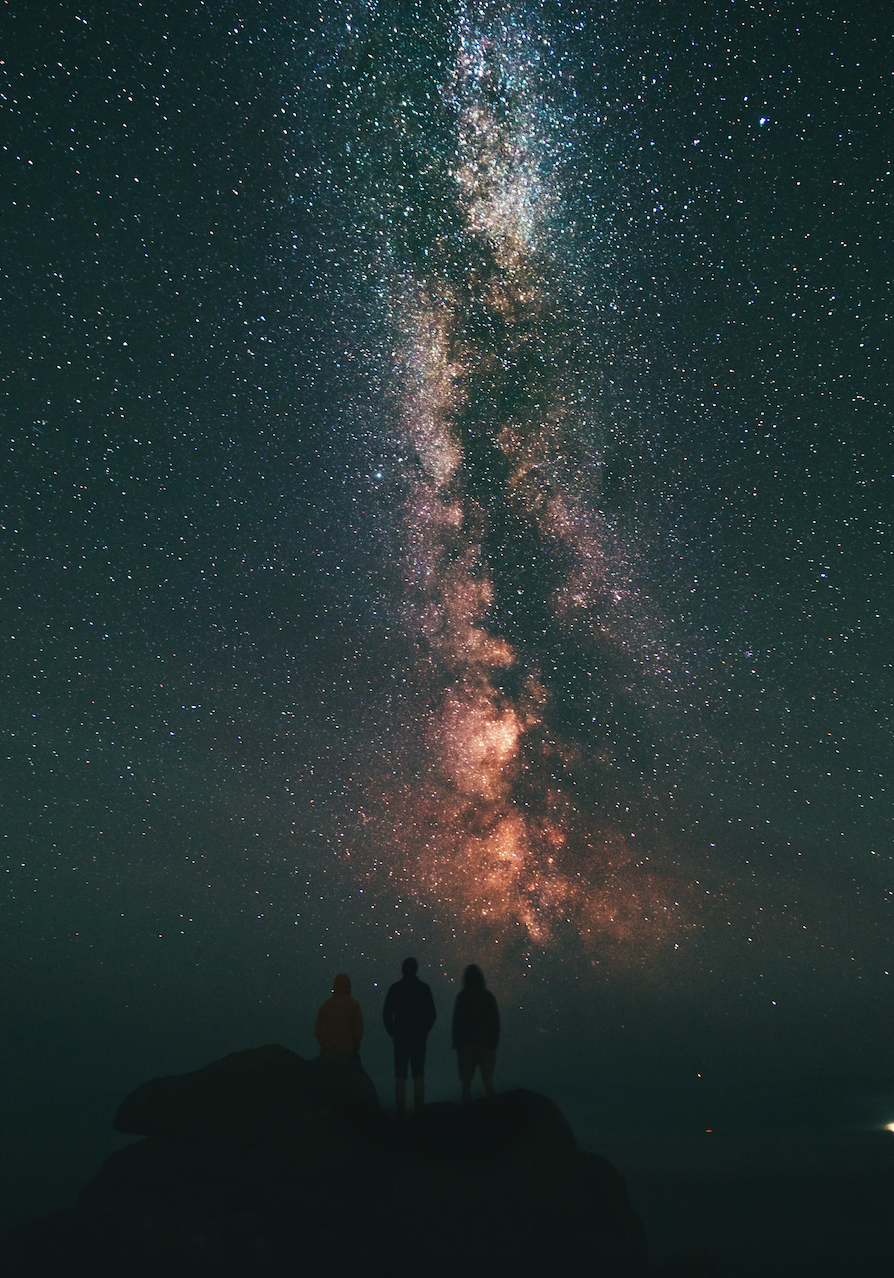Neither the creation nor the reception of a work of art takes place in a social vacuum. We read, write, listen to, and watch creative products in the company of other people. Even if we are literally alone when making or consuming cultural works, we always have with us all the people we know – family, friends, teachers, students, and members of artistic or intellectual subcultures. So our interpretations of movies and books are never purely objective evaluations of the quality of the art; we include in our likes and dislikes what our communities like and dislike. And just as certain songs or books become permanently associated with a trip, an event, or a relationship, so our responses of them are deeply colored by our company. It’s a good idea to choose fellow audience members, then, as carefully as we choose what to read and watch.
This was especially true for my experience of The Hobbit: The Desolation of Smaug. You may remember my preview and review last year of The Hobbit: An Unexpected Journey. I hated it. I still do. I sincerely believe that it is a very poor movie, even though it is an interesting adaptation of Tolkien’s drafts, backstory, and revisions of The Hobbit. I expected to like this second Peter Jackson Hobbit film about as little as the first; perhaps I had hoped to like it a bit more, as I had reason to think that Jackson would have more leeway to make up more of the material in this second installment, which should (theoretically) lead to a better movie. And by better I mean a more internally consistent movie.
Indeed, I liked this second film more the the first. Quite a bit more, actually. My assessment of the first film was that only 45 minutes of its 3 long hours were any good – and my assessment of this one? Only about an hour of it was bad. That is quite an improvement. It is a visually stunning film, with gorgeous camerawork and gorgeous characters. Oh, and a great-looking dragon, too (with Benedict Cumberbatch’s incomparable voice). Most of the acting is world-class: Martin Freeman as Bilbo, Ian McKellan as Gandalf, and Richard Armitage as Thorin are especially noteworthy. There are many interesting interpretive choices, including some that arguably improve upon Tolkien’s somewhat inconsistent story.
So does that mean I am right — that I have the correct evaluation of The Hobbit: The Desolation of Smaug, that it is a better movie than the first?
That is not a very interesting question. The more interesting question is why I came to that conclusion, what the social factors were that led me to like it. And the answer is? I was with 74 other people who were bound and determined to have a wonderful time, to enjoy their movie-going experience to the fullest, and to tear the movie apart to discover its every strength and weakness, but mostly to applaud Jackson’s creative work of reinterpretation.
I was at Mythmoot II: half Hobbit-party, half Tolkien conference. This is the creative invention of one of the more innovative people in higher education today. Corey Olsen, “The Tolkien Professor.” Dr. Olsen founded an online institute, Mythgard, that offers courses in Tolkien studies and related fields, and Signum University, that is expanding its online offerings and extending the reach and scope of online education. Prof. Olsen is a walking encyclopedia of knowledge about Tolkien’s Legendarium, and (among other topics) is committed to dispelling misconceptions about book-to-film adaptation in general and Peter Jackson’s films specifically.
The Tolkien Professor has the ability to explain any artistic choice Jackson might make, providing insight into little-known aspects of Tolkien’s works that may inform the film’s changes from the published Hobbit. For example (spoiler alert!): the notorious elf-dwarf romance between Tauriel and Kili. As Olsen sees it, this plot addition serves to accentuate a sub-theme in the book: the very important question of elf-dwarf relations, political tensions, and historical antagonism. One important “lesson” of the book is the need for peace and harmony among peoples far different from one another, and the need for cooperation among all forces of good against the creeping power of evil. How better to illustrate this than a forbidden love between two members of warring peoples?
This is but one example, and the dry summary above does little to capture the lively atmosphere created by 75 rabid Tolkien nerds gathered to shared their knowledge and love of this complex writer. There were people in costume as elves, Gandalf. There was a pub quiz, with questions only answerable by those who had nearly memorized The Silmarillion (“For 17 points, list all of Túrin Turambar’s names, in both Elvish and English”)! There was someone who could quote nearly all of the songs and poems, others who could speak Elvish, and others still who make art or music inspired by The Lord of the Rings and other books. These were intelligent, energetic, beautiful people. They were gorgeous.
Why should you, dear reader, care about my weekend with people you don’t know? Simply as a specific illustration of the principle that your company creates your movie-watching experience. The weather, what you’re wearing, and what you had for dinner can create your responses, too. This is a lesson to myself not to put too much stock in my initial reactions to a work of art, but to experience it at various times, under varying conditions, and to weigh its merits carefully.
To see The Hobbit: The Desolation of Smaug in the best of company is, then, helpful in this way, because my company will shape what I think of it. It is a different movie with those people than it is with these people. So choose your fellow audience-members wisely; they will make the movie for you. They made it for me.




